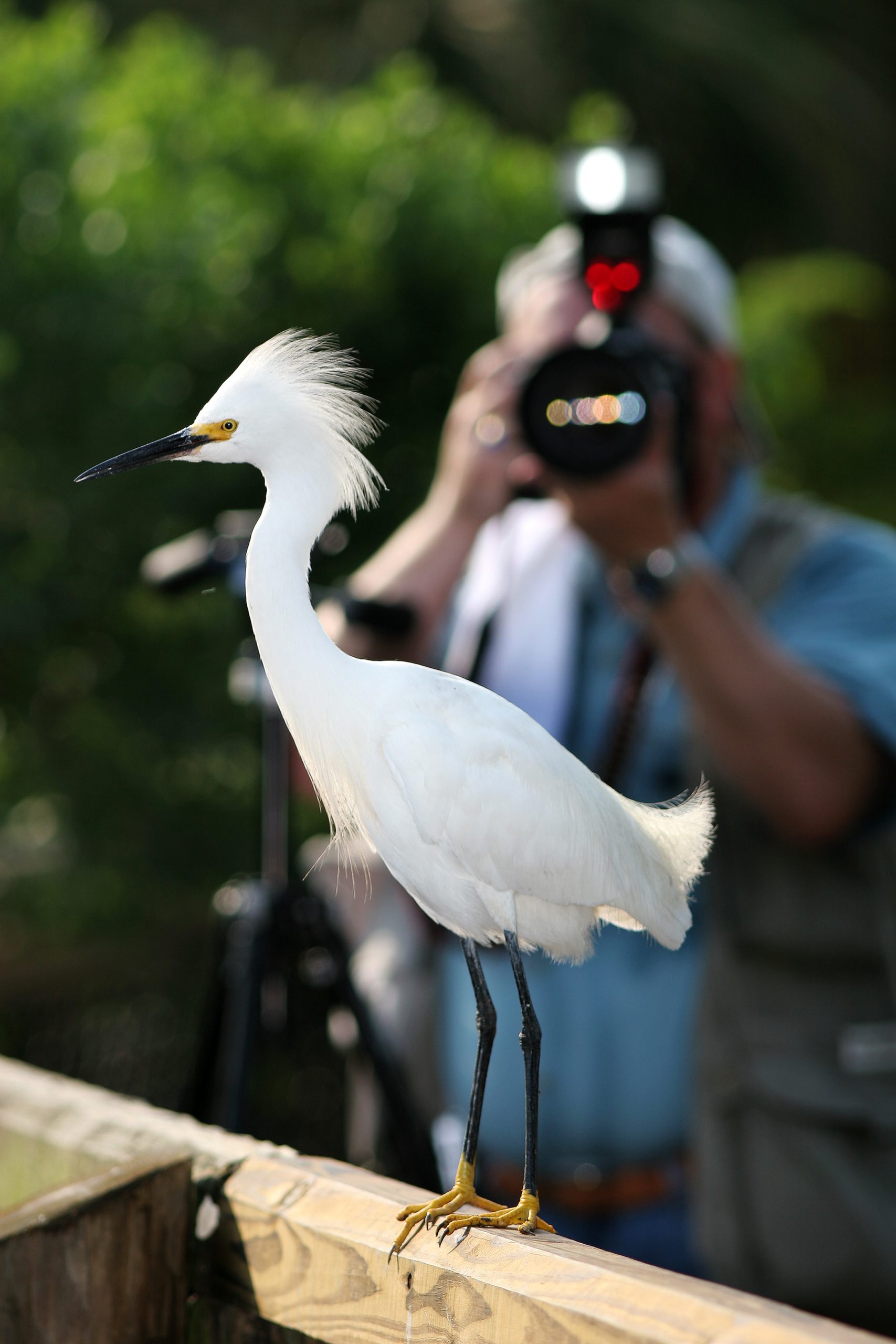
03 Jan Historical Peak Nest Counts
Our rookery peak nest count varies between 400-800 nests annually. Wading bird reproduction is dependent on habitat, water table depth, and prey availability. The chart below covers the last decade, developed by our hard-working rookery crew data collectors! 2021 turned out to be an “average” year, but it sure did not feel like it!
| 2011 | 2012 | 2013 | 2014 | 2015 | 2016 | 2017 | 2018 | 2019 | 2020 | 2021 | |
| Cattle egret | 294 | 232 | 60 | 28 | 9 | 21 | 180 | 43 | 76 | 114 | 90 |
| Great egret | 154 | 130 | 115 | 106 | 73 | 104 | 87 | 124 | 122 | 166 | 123 |
| Green heron | 5 | 4 | 5 | 6 | 4 | 10 | 2 | 2 | 2 | 1 | 3 |
| Little blue heron | 24 | 26 | 12 | 17 | 12 | 38 | 87 | 34 | 33 | 73 | 19 |
| Roseate spoonbill | 16 | 14 | 10 | 28 | 29 | 39 | 45 | 59 | 71 | 59 | 49 |
| Snowy egret | 170 | 153 | 121 | 92 | 64 | 117 | 135 | 60 | 121 | 87 | 142 |
| Tricolored heron | 87 | 73 | 77 | 85 | 30 | 66 | 95 | 96 | 109 | 94 | 81 |
| Wood stork | 68 | 72 | 63 | 68 | 87 | 99 | 73 | 90 | 98 | 106 | 111 |
| 818 | 704 | 463 | 430 | 308 | 494 | 704 | 508 | 632 | 700 | 618 |
Thank you so very much to our Rookery Crew!
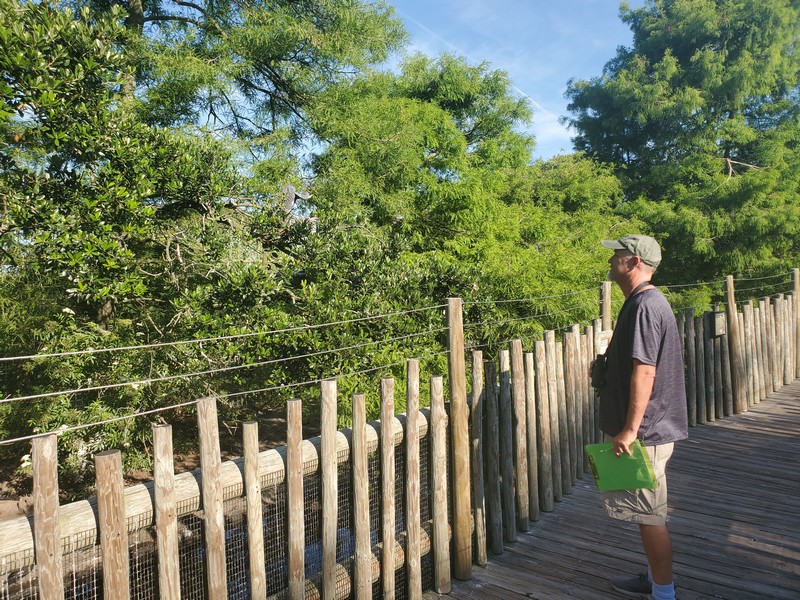
Craig counting, while admiring, Tri-colored herons.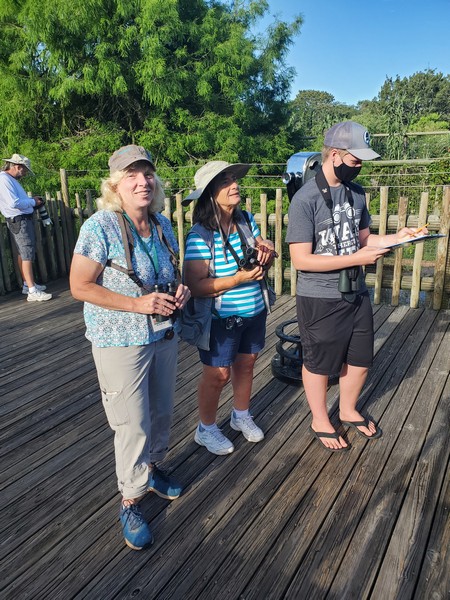
Sooz, Diane, and Blair briefly pause for a photo. Depending on the time of the nesting season, rookery counts could take less than an hour or well over two hours with a team.
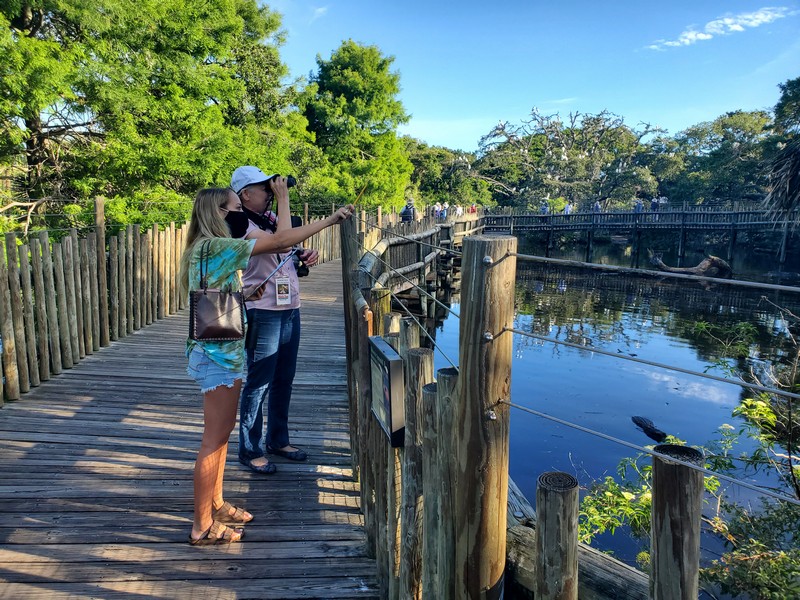
Linda and Savannah excelled at locating hidden spoonbill nests in the tops of palm trees.
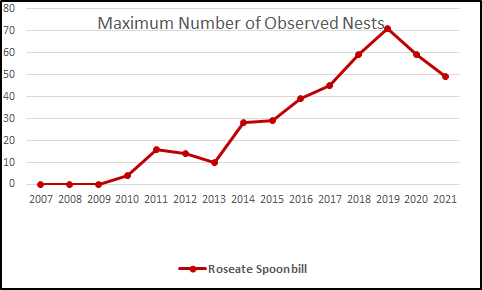
Roseate spoonbill peak nest count 2007- 2021.
First nesting at our park occurred in 2010 with four pairs.
FL state-designated as Threatened by FWC.
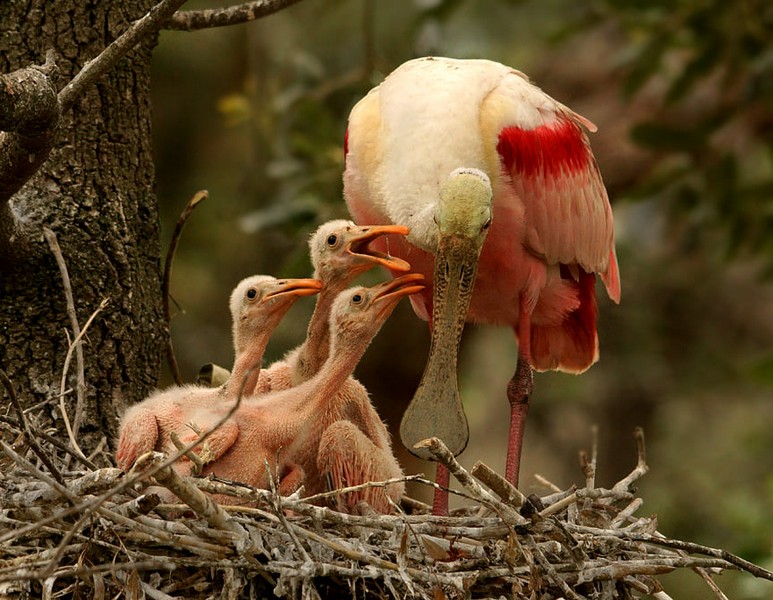
Photo by Jack Rogers
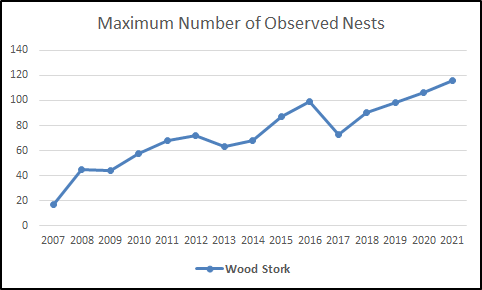
Wood stork peak nest count 2007-2021.
First successful nesting at our park occurred in 2000.
Listed as Threatened federally by USFWS.
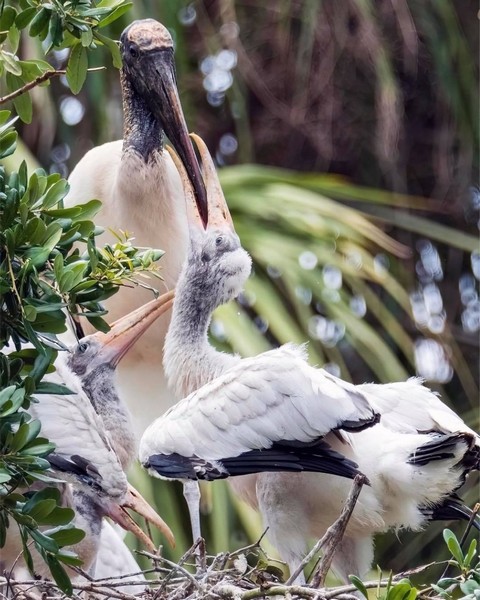
Photo by Sherry Rosen
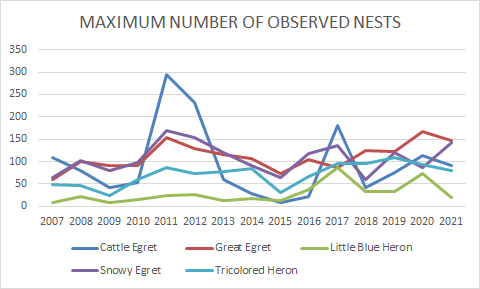
Peak nest counts for five other wading bird species nesting in our rookery.
Little blue and Tricolored herons are both designated as Threatened in Florida.
Amazing graphs produced by Linda.

Extended photography hours for Photo Pass holders runs from 2/26 through 6/26 this year.
See you on the boardwalk!
